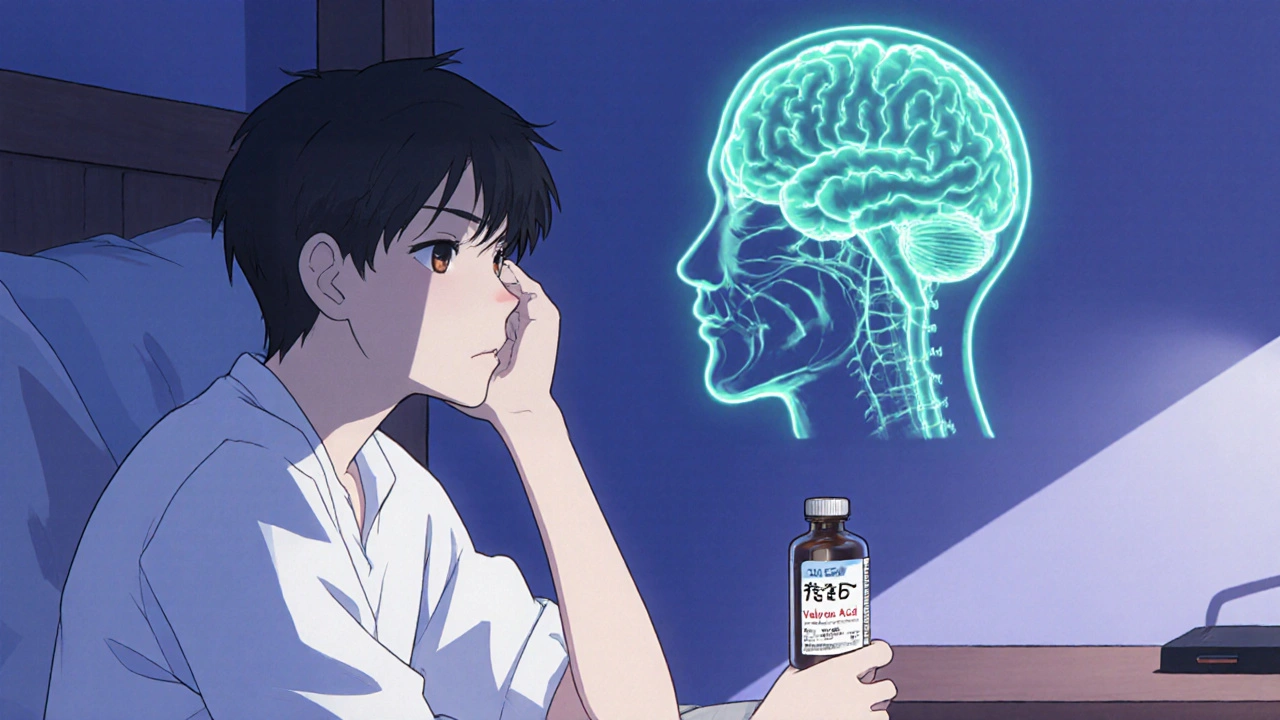Antidepressant Interaction: Risks, Mechanisms, and Safe Practices
When dealing with antidepressant interaction, the way antidepressant drugs affect each other or other medicines. Also called medication interaction, it can change how well a drug works or raise side‑effect chances. Drug Interactions, any change in a drug’s effect caused by another substance are the broader group that includes antidepressants. Two common players in this space are SSRIs, selective serotonin reuptake inhibitors like fluoxetine or sertraline and MAO Inhibitors, monoamine oxidase inhibitors such as phenelzine. Understanding how these pieces fit together is the first step to avoiding trouble.
Key Factors Behind Antidepressant Interactions
One of the biggest drivers is the liver’s CYP450 enzyme system. Enzymes like CYP2D6 and CYP3A4 break down many antidepressants. If another drug blocks or speeds up these enzymes, the antidepressant level can swing too high or too low. For example, adding a strong CYP2D6 inhibitor to a patient on a tricyclic antidepressant can push the drug into a toxic range, leading to dizziness, heart rhythm changes, or severe sedation. Conversely, a CYP3A4 inducer can drop the blood level of an SSRI, making it less effective and leaving depression unchecked.
Beyond metabolism, the serotonin pathway itself can become overloaded. When two serotonergic agents are taken together, they may trigger serotonin syndrome—a potentially life‑threatening condition. Symptoms start with mild agitation or sweating, then can progress to confusion, rapid heart rate, high blood pressure, tremor, and in severe cases, seizures or loss of consciousness. The classic triad is mental status changes, autonomic instability, and neuromuscular abnormalities.
Real‑world examples of risky combos are surprisingly common. Pairing an SSRI with an MAO inhibitor is a textbook no‑no because both raise serotonin levels. The same warning applies to adding tramadol, linezolid, or certain migraine treatments like sumatriptan to an SSRI. Even over‑the‑counter products matter: St. John’s wort, a herbal supplement for mood, induces CYP enzymes and also adds serotonin, making it a double threat for interaction.
It’s not just prescription meds. Antidepressants can clash with common OTC painkillers, antihistamines, or weight‑loss pills. For instance, combining an SSRI with ibuprofen may increase bleeding risk because SSRIs thin platelets while NSAIDs irritate the stomach lining. Similarly, bupropion plus nicotine replacement can heighten seizure risk, especially in patients with a history of seizures.
Managing these interactions starts with clear communication and timing. Doctors often advise a wash‑out period when switching from an MAO inhibitor to an SSRI – usually at least two weeks – to let the enzyme balance reset. Dose adjustments, therapeutic drug monitoring, or choosing medications with a lower interaction profile (like escitalopram instead of fluoxetine) are practical tweaks. Patients should keep an up‑to‑date list of all drugs, supplements, and even herbal products they take.
Finally, a quick checklist can help you stay safe:
- Tell your provider every medication, supplement, or herb you use.
- Ask about possible serotonin‑boosting combos before starting a new drug.
- Watch for early signs of serotonin syndrome – restlessness, sweating, tremor.
- Know that certain antibiotics, antifungals, or heart meds can alter antidepressant levels.
- Never stop or change doses without professional guidance.

Valproic Acid and Depression - How This Drug Can Influence Mood
Explore how valproic acid may influence depression, who is most at risk, and practical steps to manage mood changes while staying on the medication.
Read More